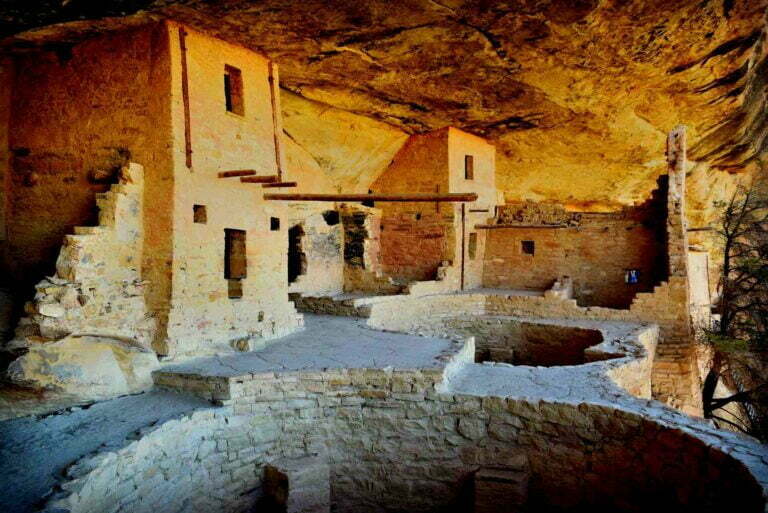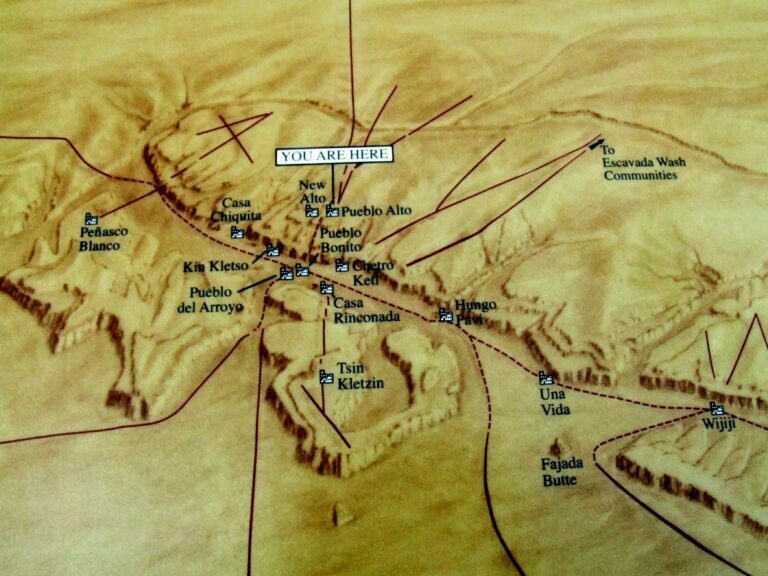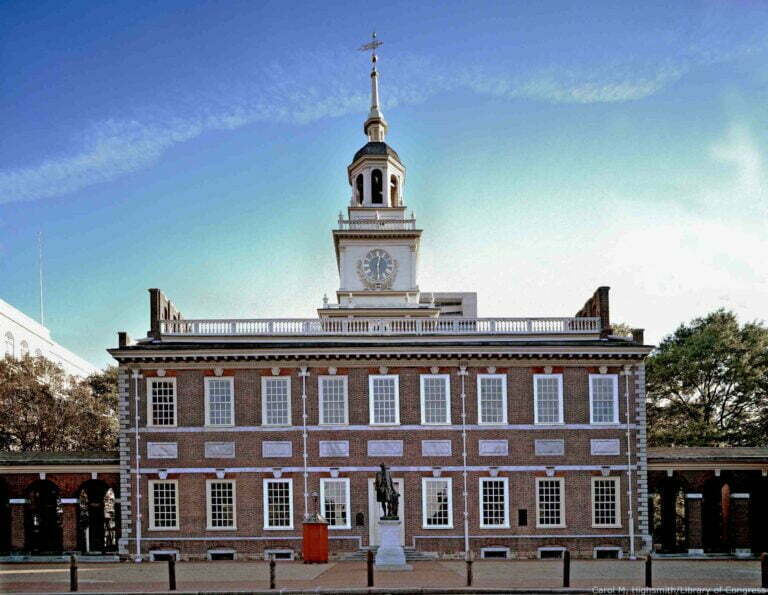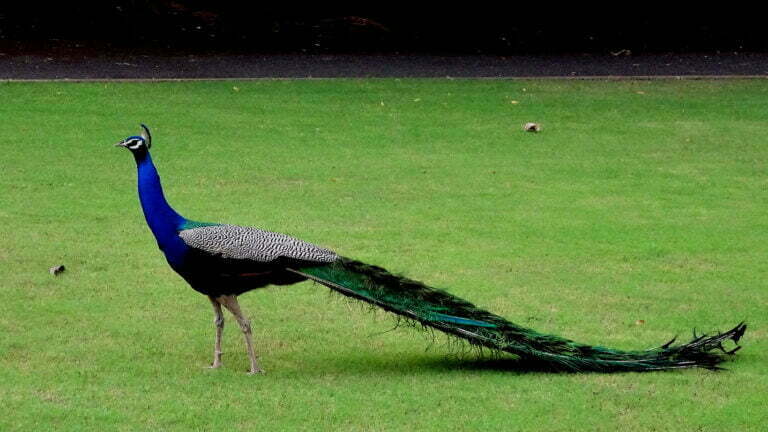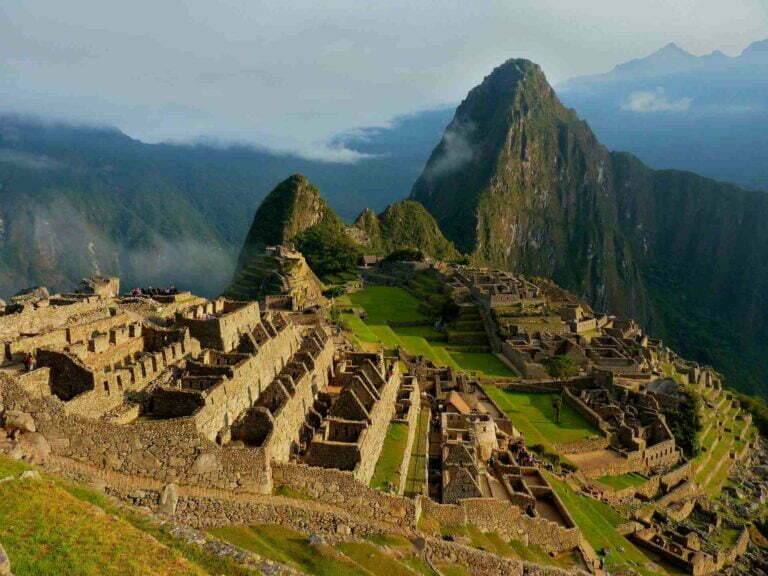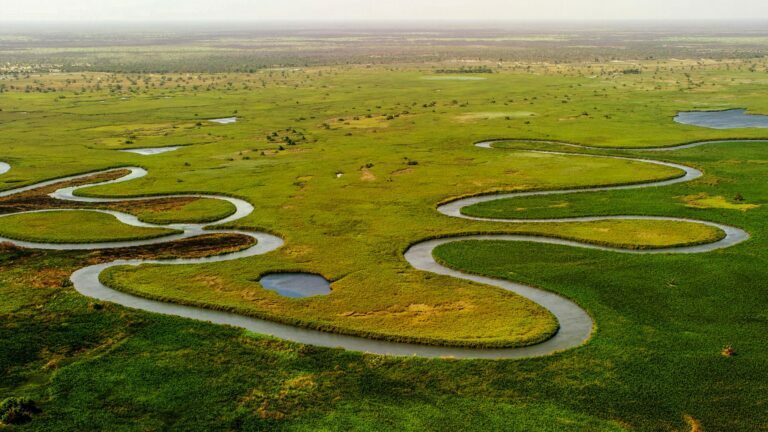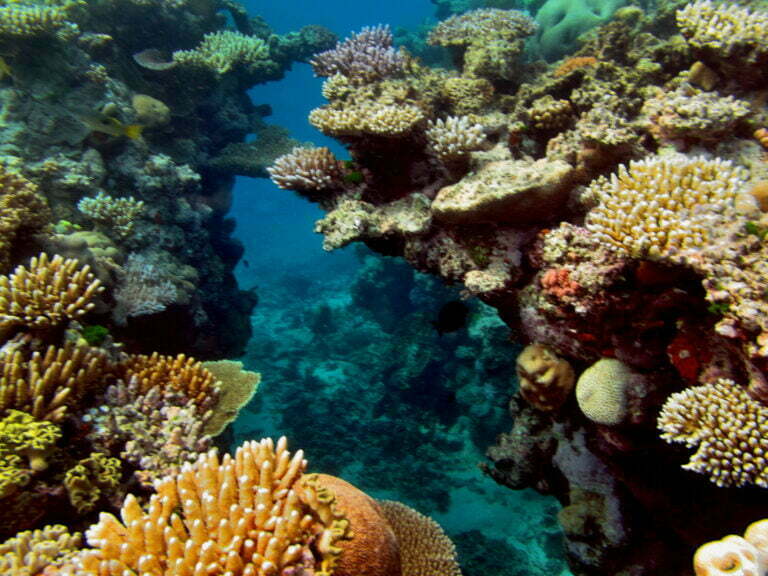Taos Pueblo New Mexico
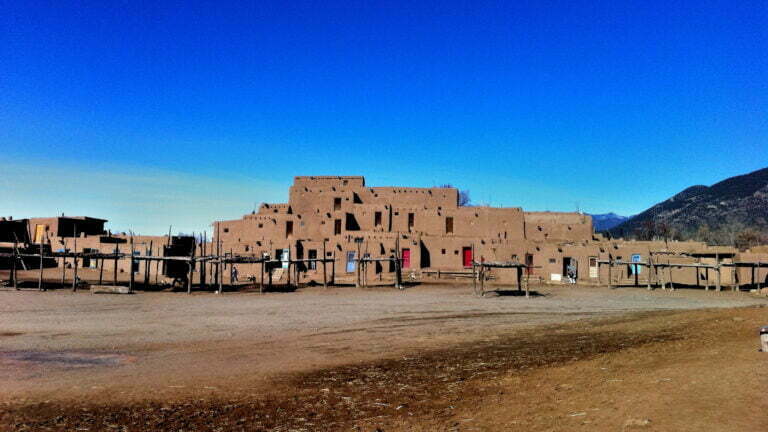
Taos Pueblo is an ancient and culturally significant Native American community located in northern New Mexico. Taos Pueblo, also known as Pueblo de Taos, is an ancient and continuously inhabited pueblo belonging to the Taos-speaking (Tiwa) Native American tribe. It is situated approximately 1 mile north of the modern city of Taos in New Mexico. This pueblo stands as one of the oldest continually occupied communities in the United States and is a member of the Eight Northern Pueblos. The pueblo encompasses tribal land covering 95,000 acres and is home to about 4,500 residents. Nestled against the backdrop of the Taos Mountains in the Sangre de Cristo Range, Taos Pueblo is uniquely positioned on both sides of the Rio Pueblo de Taos, also known as Rio Pueblo, and Red Willow Creek, a small stream that flows through the heart of the pueblo. The headwaters of this stream originate from the nearby Blue Lake, or Ba Whyea. Here’s an overview of Taos Pueblo:
